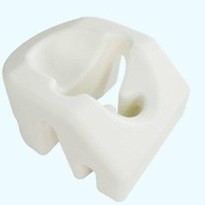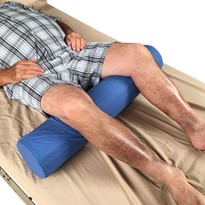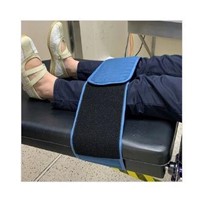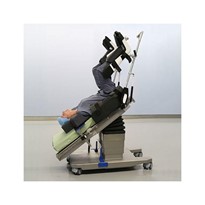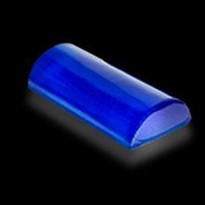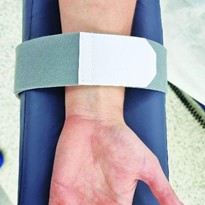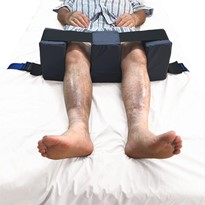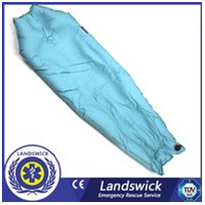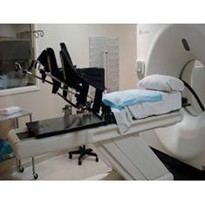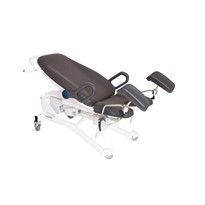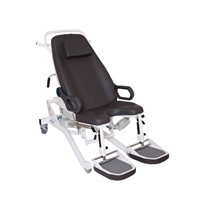The most important feature of a stretcher or a procedure chair is its ability to position a patient to suit their desired comfort & care levels or to allow ease of access during procedures.
This article aims to address the pros and cons to both electric and manual patient head positioning which is commonly required for Eye, ENT, Plastics and Dental surgery.
There are many different types of stretchers and chair solutions out there and finding the right one can be challenging, especially when choosing between electric or manual functionality. There are a range of manual options on the market such as; squeeze lever cable release, push button hydraulic and screw knob adjustment.
Why choose manual patient head positioning?
Pros:
- A range of manual locking options are available.
- Suited for hydraulic or electric stretchers.
- Headrest adjustment controls are fitted under a headrest for easy surgeon access.
- Some designs may have a larger range of movement.
Cons:
- Some mechanisms are expensive and difficult to maintain
- Risk of stability/ safety issues with component wear and tear.
- Some are slow or fiddly to adjust
- Some have restricted leg access for the surgeon
Why choose electric patient head positioning?
Pros:
- Electric head positioning systems are rigid and do not move or drop during procedures.
- Single touch adjustment with smooth, accurate movement allows a surgeon to make simple changes to a patient's head position.
- Electric handsets allow a surgeon's team to make adjustments meaning a surgeon's hands are free, preventing cross contamination.
- Gap free cushion surfaces allow no fluid to penetrate a unit preventing buildup of liquid which could cause corrosion and infection control hazards.
- Multiple options for actuation include standard handset, fixed control panel and or foot switches.
- Easy to maintain with low lifetime product costs for repair and maintenance.
Cons:
- Electric head positioning systems are only available on electrically powered stretchers.
- New concept may require more staff training.
Without question, there are clear pros and cons to owning either functionality. The decision on what equipment or technology to use will sometimes be mandated by the surgeon, anaesthetist or carers based on their preference or what they are familiar with. It's important that decisions for your facility are made involving all stakeholders who will be involved with the equipment over its entire lifespan.
If you’re wanting to know more about stretchers or procedure chairs, please take a minute and check out more of our blog articles in the Modsel Learning Hub on the Modsel website. If you have any questions there is a good chance we’ve written about it.


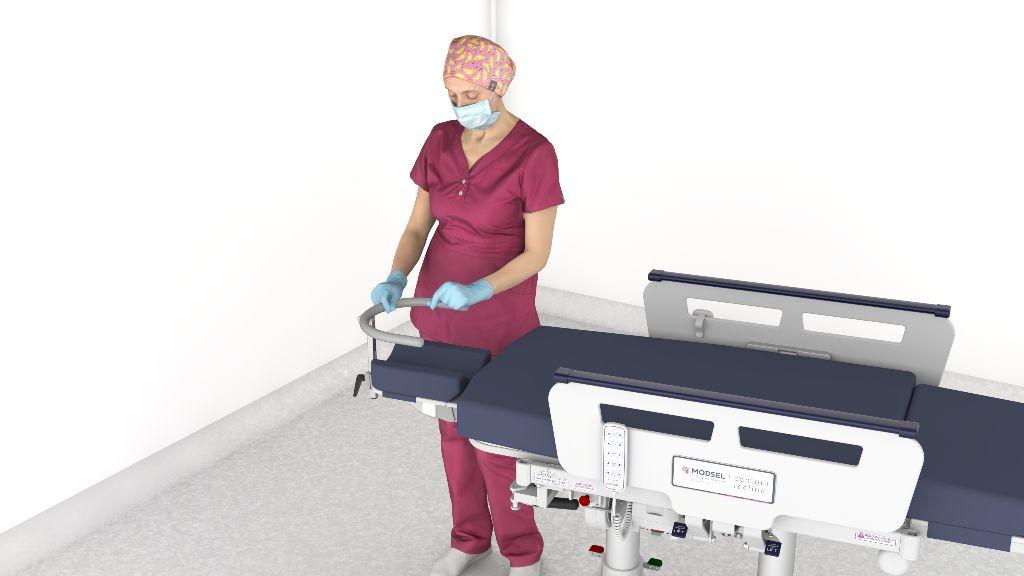




-160x160-state_article-rel-cat.png)










